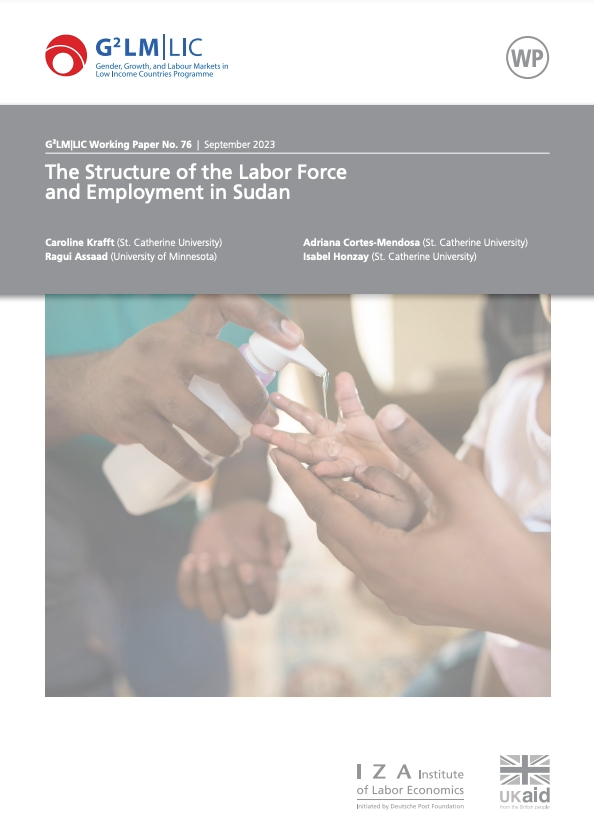Sudan’s economy and society have been repeatedly disrupted by political turmoil since 2018, with challenges further compounded by the COVID-19 pandemic. How this turbulent period has affected Sudan’s labour market was previously unknown, as Sudan’s last household survey was in 2014/15. This paper investigates the state of Sudan’s labour market as of 2022, using the new, nationally-representative Sudan Labor Market Panel Survey data. The analyses examine labour supply, including the evolution of the age structure of the Sudanese population, the trends in age at marriage and fertility, the educational composition of the population, current enrollment rates, labour force participation, as well as employment and unemployment rates. The analyses also investigate the structure of employment by broad economic activity and institutional sector, by occupation, and by degree of informality. The results of the analyses show sizeable demographic pressures on Sudan’s labour market from a large youth population. While historically Sudan had made appreciable progress in expanding access to education, that progress plateaued for cohorts born in the 1980s and later. Declines in labour force participation over time and particularly for women may reflect the labour market impacts of Sudan’s recent political and economic turbulence. Unemployment is primarily a challenge for youth, new entrants to the labour market. Agriculture continues to play a sizeable role in employment in Sudan, along with non-wage non-agricultural work and informal wage work. Informality is extremely high in private sector wage work (98%), and employment is largely within microenterprises. Relatively few private sector wage workers receive employment benefits or protections, with 60% working outside establishments and 37% working irregularly, highlighting the elevated level of vulnerable employment in Sudan.
